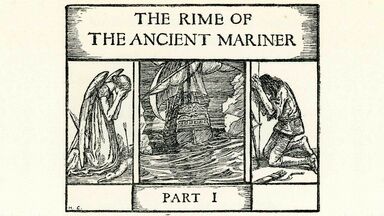At the termination of this feast the procession re-forms, and with lanterns and music escorts the bridegroom back to his own house, where they feast until midnight.
Only ten of them have any appreciable size, and these are named - commencing from the north - Muko-shima (Bridegroom Island), Nakadachi-shima (Go-between Island 1), Yome-shima (Bride Island), Ototo-jima (Younger-brother Island), Ani-shima (Elderbrother Island), Chichi-jima (Father Island), Haha-jima (Mother Island), Mei-jima (Niece Island), Ani-jima (Elder-sister Island) and Imoto-jima (Younger-sister Island).
As midnight approaches they return to the house of the bride, and escort her, with her dowry, to the house of the bridegroom, and, having delivered her safely to her future lord and master, disperse to their respective homes.
This would naturally lead to an excess of women over men in the higher septs, and would render it difficult for a man to get his daughter respectably married without paying a high price for a suitable bridegroom and incurring other heavy marriage expenses.
The hapless and worthless bridegroom had already incurred the hatred of two powerful enemies, the earls of Morton and Glencairn; but the former of these took part with the queen against the forces raised by Murray, Glencairn and others, under the nominal leadership of Hamilton, duke of Chatelherault, on the double plea of danger to the new religion of the country, and of the illegal proceeding by which Darnley had been proclaimed king of Scots without the needful constitutional assent of the estates of the realm.

